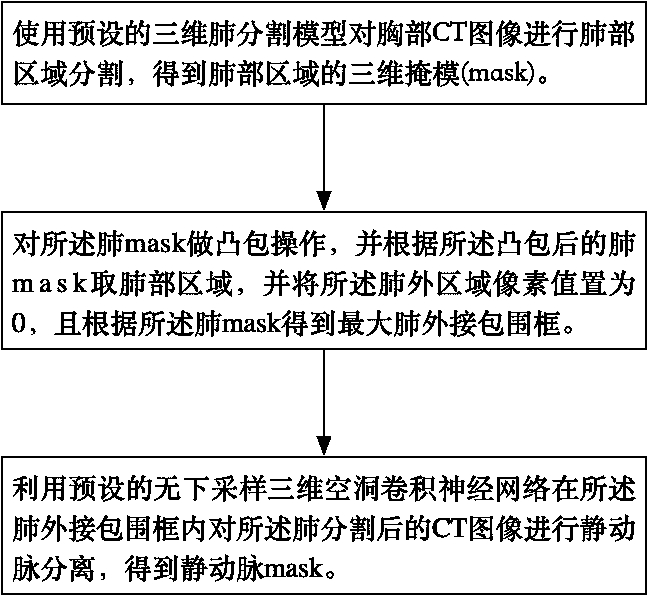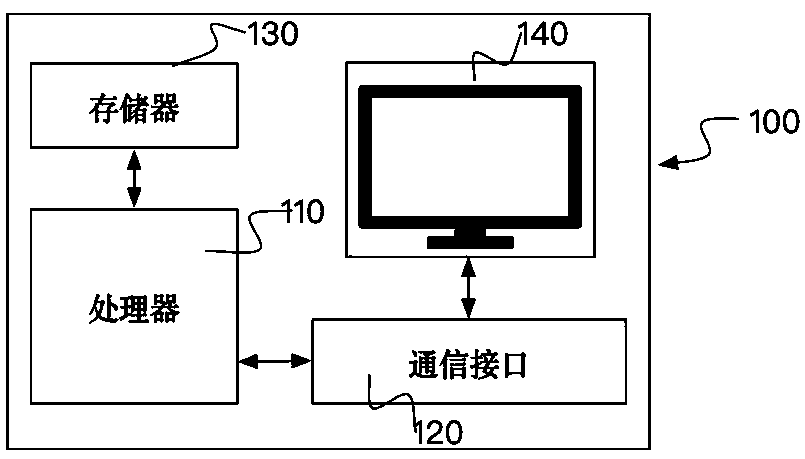Static artery separation method and device based on CT image
A CT image and separation method technology, applied in image analysis, image enhancement, image data processing, etc., can solve the problems of difficult standardization, time-consuming, unsuitable for large-scale clinical research, etc., achieve the effect of precise vein and artery separation and improve efficiency
- Summary
- Abstract
- Description
- Claims
- Application Information
AI Technical Summary
Problems solved by technology
Method used
Image
Examples
Embodiment Construction
[0037] In order to make the purpose, technical solutions and advantages of the present invention clearer, the present invention will be further described in detail below in conjunction with the accompanying drawings. Obviously, the described embodiments are only some of the embodiments of the present invention, rather than all of them.
[0038] Based on the embodiments of the present invention, all other embodiments obtained by persons of ordinary skill in the art without making creative efforts belong to the protection scope of the present invention.
[0039] figure 1 A flowchart corresponding to a method for separating veins and arteries based on CT images provided by the present invention is shown. The flowchart can be executed by a device for separating veins and arteries based on CT images, including the following steps:
[0040] Step 101 , using a preset three-dimensional lung segmentation model to perform lung region segmentation on a chest CT image to obtain a three-di...
PUM
 Login to View More
Login to View More Abstract
Description
Claims
Application Information
 Login to View More
Login to View More - R&D
- Intellectual Property
- Life Sciences
- Materials
- Tech Scout
- Unparalleled Data Quality
- Higher Quality Content
- 60% Fewer Hallucinations
Browse by: Latest US Patents, China's latest patents, Technical Efficacy Thesaurus, Application Domain, Technology Topic, Popular Technical Reports.
© 2025 PatSnap. All rights reserved.Legal|Privacy policy|Modern Slavery Act Transparency Statement|Sitemap|About US| Contact US: help@patsnap.com



